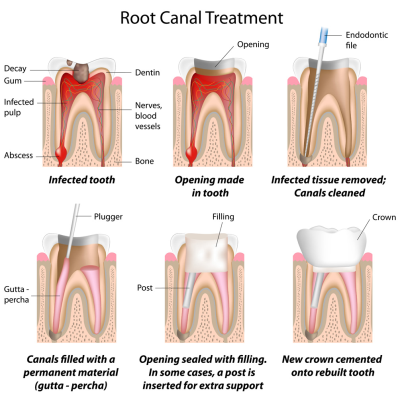 Root canal therapy is a treatment for the infected pulp of a tooth which aims to eliminate infection and to protect the decontaminated tooth from further microbial invasion.. Root canals and their associated pulp chamber are the physical hollows within a tooth that are naturally inhabited by nerve tissue,and blood vessels which together constitute the dental pulp.RCT involves the removal of these structures, the subsequent shaping, cleaning, and decontamination of the hollows with small files and irrigating solutions, and the obturation (filling) of the decontaminated canals with an inert filling such as gutta-percha and a sealent.
Root canal therapy is a treatment for the infected pulp of a tooth which aims to eliminate infection and to protect the decontaminated tooth from further microbial invasion.. Root canals and their associated pulp chamber are the physical hollows within a tooth that are naturally inhabited by nerve tissue,and blood vessels which together constitute the dental pulp.RCT involves the removal of these structures, the subsequent shaping, cleaning, and decontamination of the hollows with small files and irrigating solutions, and the obturation (filling) of the decontaminated canals with an inert filling such as gutta-percha and a sealent.
The following irrigants and intracanal medicaments & Equipments may be used during the root canal procedure:
- 5% sodium hypochlorite (NaOCl)
- 2% chlorhexidine gluconate
- 0.2% chlorhexidine gluconate plus 0.2% cetrimide
- ethylenediaminetetraacetic acid (EDTA) Gel
- Aqueous EDTA
- Absolute alcohol
- Normal saline
- Calcium hydroxide
- Intracanal antibiotics etc.
 |
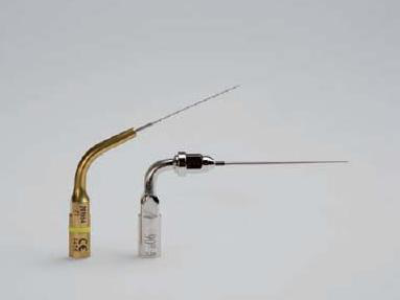 |
 |
 |
| Root Canal Irrigants | Advanced Ultrasonic Endo Tips | Electronoic Apex Locator | Endo Block |
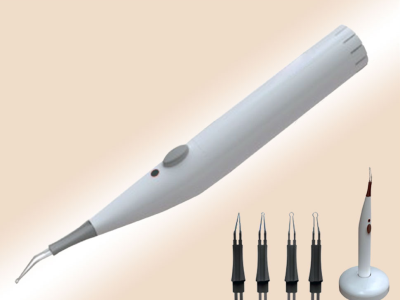 |
 |
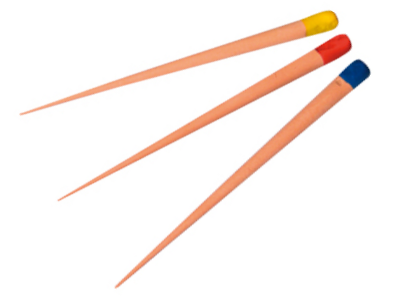 |
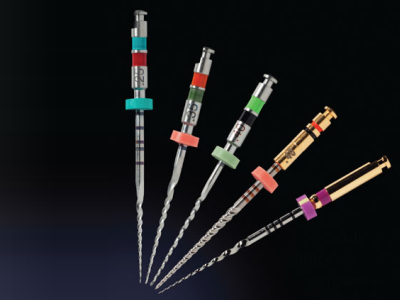 |
| Gutta Cutter | Root Canal Files | Gutta Percha Points | Rotory Endo Files |
 |
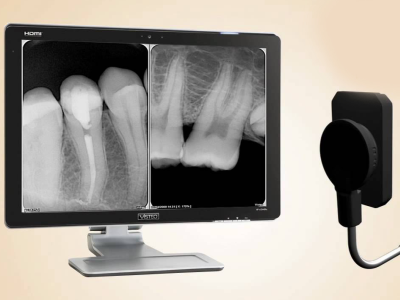 |
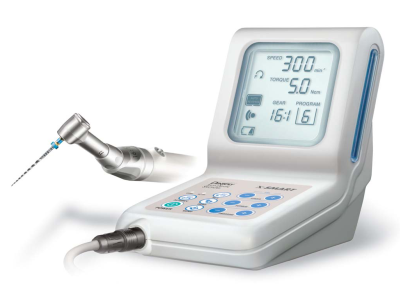 |
 |
| Rubber Dam | RVG Digital Xrays | Endo Motor | Magnifying Surgical Loupes |
Alternatives
The alternatives to root canal therapy include no treatment, tooth extraction. Following tooth extraction, options for prostethic replacement may include a dental implant(s), a fixed partial denture (commonly referred to as a ‘bridge’), or by a removable denture. There are risks to conducting no treatment such as pain, infection and the possibility of worsening dental infection such that the tooth will be no longer restorable (root canal treatment will not be successful, often due to excessive loss of tooth structure). If extensive loss of tooth structure occurs, extraction may be the only treatment option
Success and prognosis
Root canal treated teeth may fail to heal, for example if the dentist does not find, clean and fill all of the root canals within a tooth, patient fails to get the complete treatment in given time period,or when patient fails to follow instructions etc..
However,A properly restored tooth following root canal therapy yields long-term success rates OF Near 97%.
RC treated teeth are prone to extraction mainly due to non-restorable carious destruction and to a lesser extent to endodontic-related reasons such as endodontic failure, vertical root fracture, or perforation (procedural error).
